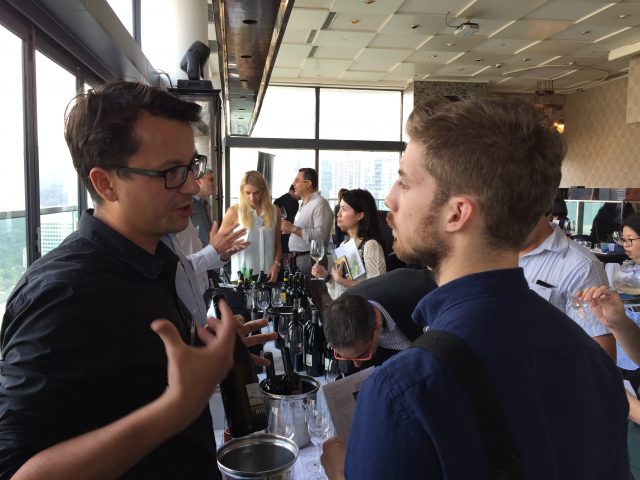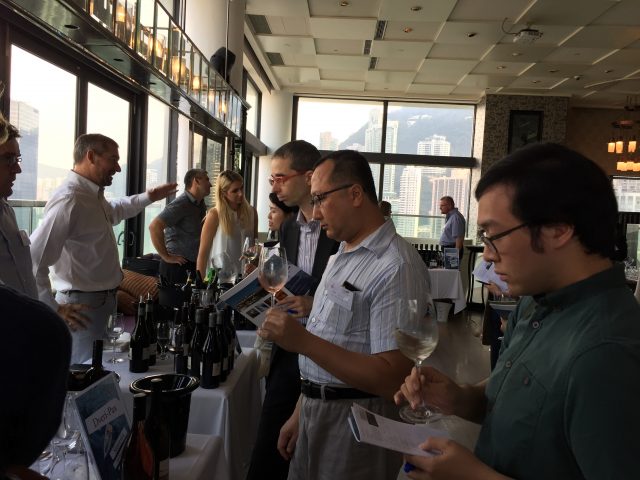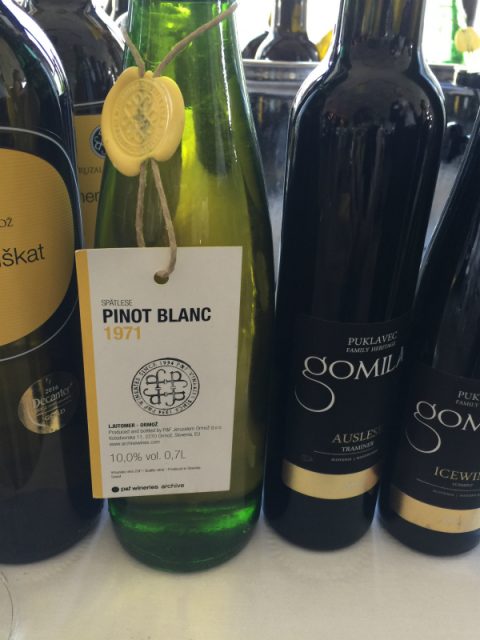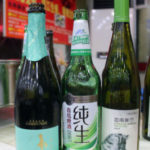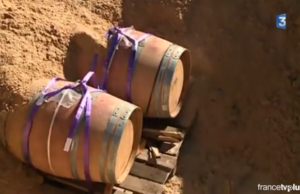Slovenia: The ‘Old New World’ Winemaking Country
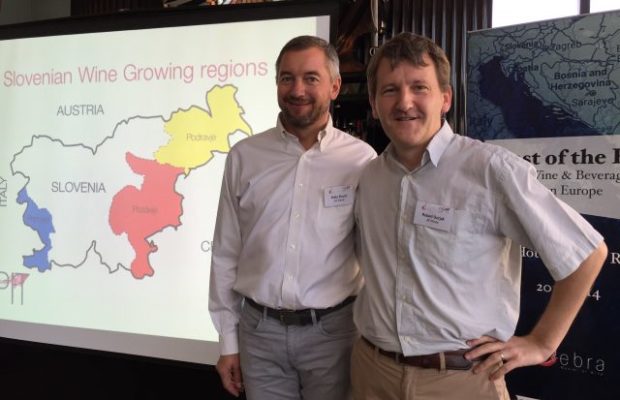
Melania Trump, wife of the U.S. president-elect Donald Trump, is not the only one putting Slovenia on everyone’s lips nowadays. The wines produced with both indigenous grapes and international varieties from the country are generating a buzz in the Hong Kong wine community.
A day after the ninth Hong Kong International Wine & Spirits Fair, at which Slovenia was the 2016 Official Partner, Aleks Simčič of Edi Simčič winery and Robert Gojak of JR Wines discussed all things Slovenian at an event organised by Meiburg Wine Media.
Speaking at a seminar entitled “Climate Control: Managing Variable Vineyard Conditions” this Monday the pair discussed Slovenia’s climate challenges, its ever-changing weather patterns and prospects of Slovenian wines in the international market. The week before, at the HKIWSC’s Gala Dinner, Slovenia’s deputy prime minister confirmed the country’s export-oriented marketing ambition and committed to being present at the HKIWS fair for the next five years.
Bordering established winemaking countries such as Italy, Austria and Hungary, Slovenia was growing grapes long before the Romans arrived. A testament to the country’s longstanding viticulture is the oldest growing vine recorded in the world, certified by the Guinness Book of Records at 400 years old.
Moderated by the Mediterranean sea and the Alps, the country’s climate varies from coastal and maritime influences in the southwestern regions such as Primorje to more continental influences in the northeastern Podravje region, allowing winemakers to make a diverse range of styles.
Unfortunately, this also means that wineries across the country can experience a wide range of climate calamities from frost and hail to heavy rainfall and drought. In 2014, it was one of the worst vintages recorded in the modern history of Slovenia, said the two vintners. Vineyards were battered by heavy rainfall during the growing and harvesting seasons, together with frost and hail.
One of the most planted white grapes in the western region of Primorje, close to Italy’s Friuli region is Rebula, known as Ribolla Gialla in Italy. Grown at higher elevation on stony soils, according to Aleks, the thick-skinned drought-resistant and late harvest variety (typically harvested a month later than Pinot Gris and Sauvignon Blanc) can survive very dry weather in the summer. This is especially useful given most vineyards in the country are dry farmed with no irrigation. Some of the producers in the country are also using the grape to make orange wines, he added.
The most popular red grape planted in the southern and western regions is Refosco. Deep in colour and high in acidity, Refosco used to be only consumed locally. Later, Aleks continued, as winemaking skills improved, winemakers fine-tuned the wines, making more refined reds with lower acidity and fruitier flavours that appeal to the international market.
In the northeastern region of Podravje, Robert Gojak listed Furmint and Blaufränkisch as two interesting indigenous grapes. Known as the oldest white variety in the country and perhaps better known internationally as a Tokaji component, Furmint makes crisp refreshing dry whites as well as top sweet wines. Blaufränkisch, on the other hand, “is much like Barbera”, explained Gojak, it is spicy and floral and loves oak.
In addition to the region’s indigenous grapes, Slovenia has been growing international grapes since 1822, according to Gojak. Merlot, Cabernet Franc, Chardonnay, Cabernet Sauvignon are planted to make blends or in some cases single-variety wines that can rival top international wines, but with more approachable price tags. Premium Chardonnays produced from here, for example, and Gojak added, are, “like Burgundian whites but with better value”.
The country’s annual wine production hovers between 80 million litres and 100 million litres, with only 15% of its wines exported overseas given the high domestic consumption per capita of 45 litres (c.f. France at 42 litres and Italy at 37 litres according to 2015 data by International Organisation of Vine and Wine (OIV)).
Asian markets are on the rise, with China taking the lion’s share. Aleks Simčič of Edi Simčič winery and Ales Ekstanič told dbHK that China has become one of their top export markets in the past few years.
This seminar was part of Meiburg Wine Media’s “Feast of the East” showcasing wines from Slovenia, Croatia, Serbia and Macedonia. One of the largest Slovenian producers, with a five million litre annual production, P&F Winery, even brought a vibrant 1971 Pinot Blanc to treat Hong Kong’s trade professionals. With only one producer present, Tikveš impressed with its blend based on the indigenous variety Vranec. The 100% dry Malvasia Istriana by Croatian producer Kozlović represented by Robert Gorjak of JR Wines inspired a number of food-wine pairing possibilities.
Click here to view original web page at www.thedrinksbusiness.com


